THE TRAPPIST-1 DISCOVERY
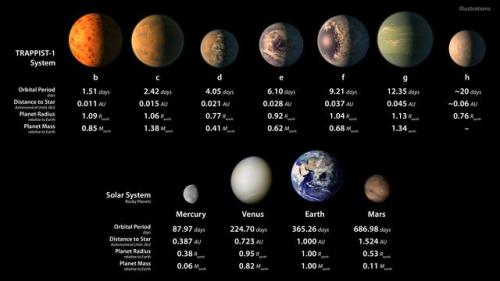
THE TRAPPIST-1 DISCOVERY
NASA’s announcement today was awe-inspiring. We’ve compiled the essential info you want to know about this incredible discovery.
OVERVIEW: 7 PLANETS, 3 HABITABLE
Astronomers have found at least seven Earth-sized planets orbiting the same star 40 light-years away, according to a study published Wednesday in the journal Nature.
The seven exoplanets were all found in tight formation around an ultracool dwarf star called TRAPPIST-1. Estimates of their mass also indicate that they are rocky planets, rather than being gaseous like Jupiter. Three planets are in the habitable zone of the star, known as TRAPPIST-1e, f and g, and may even have oceans on the surface.
“I think we’ve made a crucial step towards finding if there is life out there,” said Amaury Triaud, one of the study authors and an astronomer at the University of Cambridge. “I don’t think any time before we had the right planets to discover and find out if there was (life). Here, if life managed to thrive and releases gases similar to what we have on Earth, we will know.”
ONLY 40 LIGHT YEARS AWAY
The system is just 40 light-years away. On a cosmic scale, that’s right next door. Of course, practically speaking, it would still take us hundreds of millions of years to get there with today’s technology – but again, it is notable in that the find speaks volumes about the potential for life-as-we-know-it beyond Earth.
The Hubble Space Telescope is already being used to search for atmospheres around the planets, and Emmanuël Jehin, a scientist who also worked on the research, asserts that future telescopes could allow us to truly see into the heart of this system: “With the upcoming generation of telescopes, such as ESO’s European Extremely Large Telescope and the NASA/ESA/CSA James Webb Space Telescope, we will soon be able to search for water and perhaps even evidence of life on these worlds.”
ALIEN SKIES
In contrast to our sun, the TRAPPIST-1 star – classified as an ultra-cool dwarf – is so cool that liquid water could survive on planets orbiting very close to it, closer than is possible on planets in our solar system. All seven of the TRAPPIST-1 planetary orbits are closer to their host star than Mercury is to our sun. The planets also are very close to each other. If a person was standing on one of the planet’s surface, they could gaze up and potentially see geological features or clouds of neighboring worlds, which would sometimes appear larger than the moon in Earth’s sky.
The planets may also be tidally locked to their star, which means the same side of the planet is always facing the star, therefore each side is either perpetual day or night. This could mean they have weather patterns totally unlike those on Earth, such as strong winds blowing from the day side to the night side, and extreme temperature changes.
More Posts from Study-astronomy-biology-ref and Others

There’s a rare type of blood that’s shared by only 43 people in the entire world.
‘Rhnull’ blood doesn’t contain any of the Rh antigens that 99.9% of humans have. It’s often called ‘golden blood’ because it can be given to anyone who has a rare Rh blood type, but there are only 9 active donors, so it’s only used in extreme circumstances.
(Source, Source 2)

The Perseid meteor shower over Mt. Hood
Source: https://imgur.com/ssijwh2




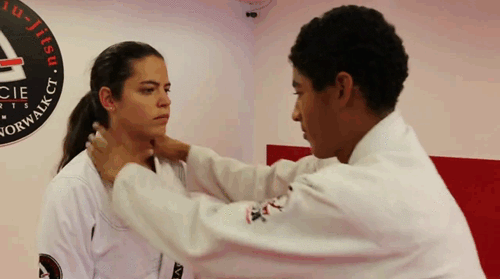




How to Escape a Hair Grab or a Neck Grab ? Look at them, carefully.
tai chi pants on http://www.icnbuys.com/tai-chi-pants give you surprise at the new year.
follow back

How a blobfish looks with and without extreme water pressure. Blobfish live in water pressures 60-120 times greater than sea level.
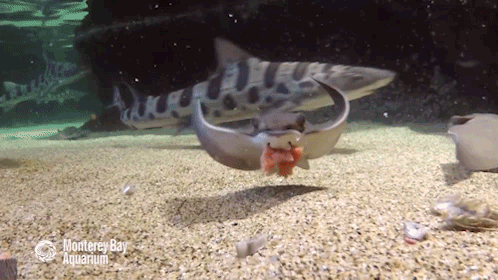
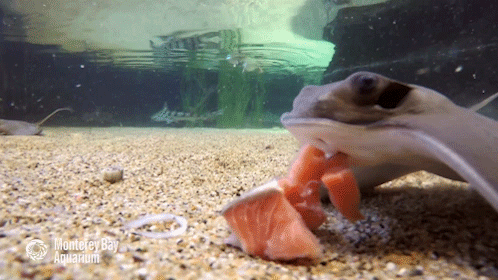
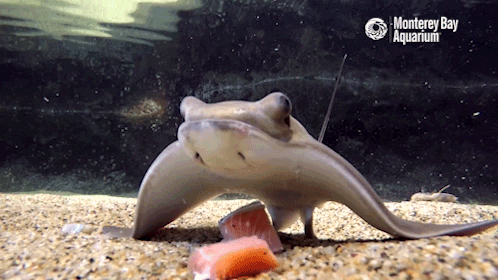
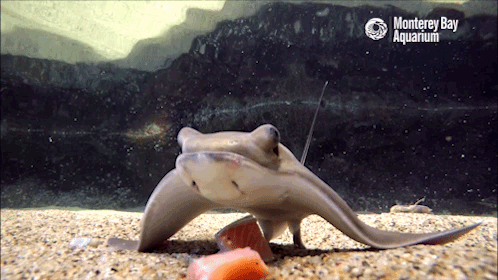
It’s a baby bat ray brunch! Using plate-like teeth to grind and chew their sustainable seafood, these youngsters will grow quickly into their role as majestic sea flap flaps.


The Veil Nebula - Sharpless 103
Located 1,500 light-years away in the constellation Cygnus is a cloud of heated and ionized gas and dust known as the Veil Nebula. The Veil Nebula is the visible portion of a massive supernova that erupted around 7,000 years ago to form what is now known as the Cygnus Loop. The Veil Nebula has a diameter of 100 light-years which appears to be 6 times the diameter of the full moon in the night sky. Due to the scale of the Veil, astronomers often segment the nebula into western (Caldwell 34), eastern (Caldwell 33) and northern portions. This particular images shows the western portion of the nebula with NGC 6960 (the Witches Broom), NGC 6979 (Pickering’s Triangle), and other significant cataloged objects.
Credit: NASA/Digital Sky Survey

A section of Hubble’s sharpest view of the Andromeda galaxy to date, taken last year.
source
-
 politicalsamurai liked this · 9 months ago
politicalsamurai liked this · 9 months ago -
 severeavenuefestival liked this · 1 year ago
severeavenuefestival liked this · 1 year ago -
 thedeepspacebabe reblogged this · 2 years ago
thedeepspacebabe reblogged this · 2 years ago -
 alienworlds reblogged this · 3 years ago
alienworlds reblogged this · 3 years ago -
 reddog1984 reblogged this · 4 years ago
reddog1984 reblogged this · 4 years ago -
 reddog1984 liked this · 4 years ago
reddog1984 liked this · 4 years ago -
 caity-wright1-blog liked this · 5 years ago
caity-wright1-blog liked this · 5 years ago -
 wolfsskull liked this · 5 years ago
wolfsskull liked this · 5 years ago -
 pinkfreak92 liked this · 6 years ago
pinkfreak92 liked this · 6 years ago -
 partytreepumpkinpasties liked this · 7 years ago
partytreepumpkinpasties liked this · 7 years ago -
 insanelyduende liked this · 7 years ago
insanelyduende liked this · 7 years ago -
 judytaylor-blog1 liked this · 7 years ago
judytaylor-blog1 liked this · 7 years ago -
 dirksterg30 liked this · 7 years ago
dirksterg30 liked this · 7 years ago -
 essukzfoeksix-blog liked this · 8 years ago
essukzfoeksix-blog liked this · 8 years ago -
 merelatio liked this · 8 years ago
merelatio liked this · 8 years ago

This is a studyblr for everyone have some passion for science, especially astronomy and biology
129 posts

